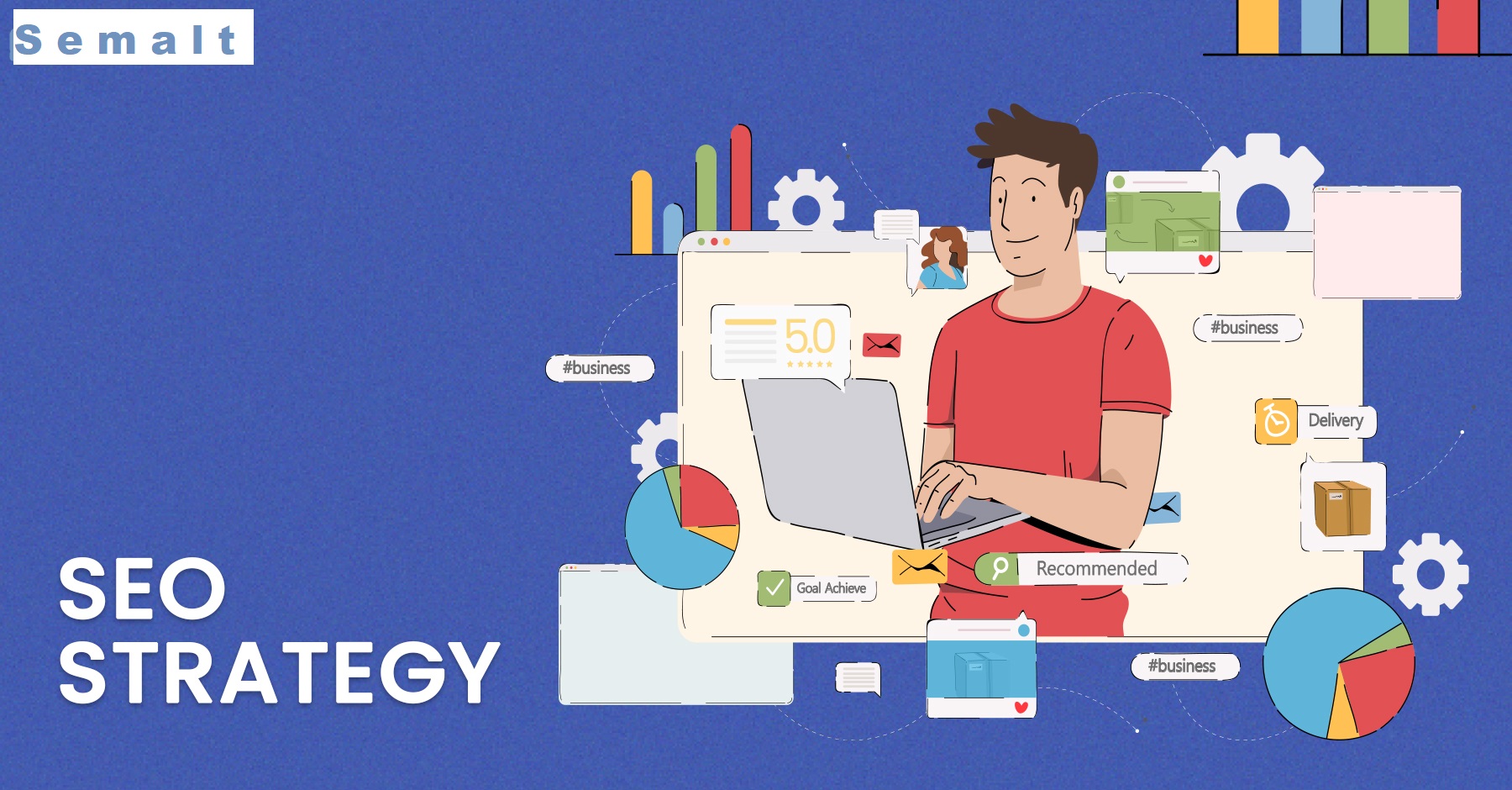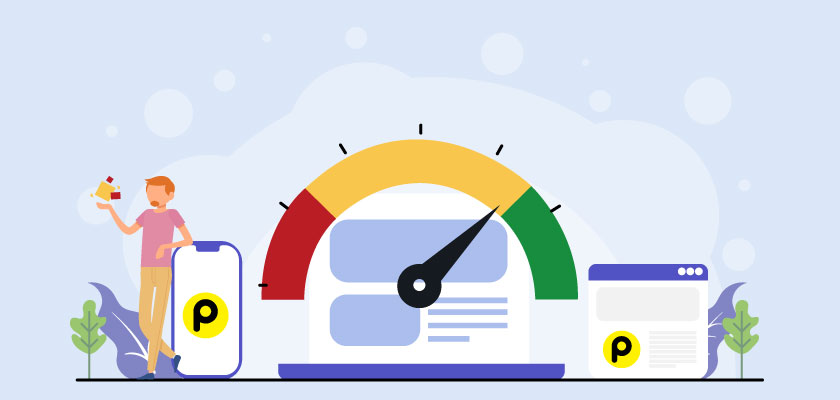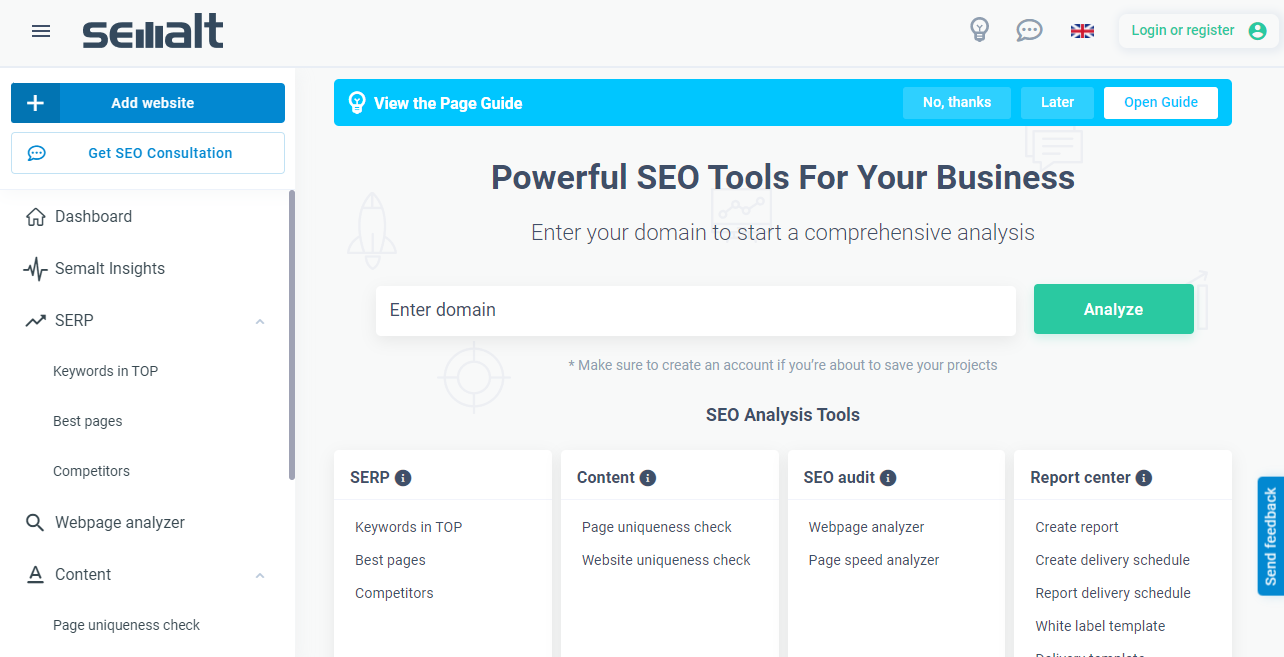18 Actions To Take To Improve Your SEO Strategy - Semalt Expert

SEO is one of the most important marketing activities to consider and is a fundamental pillar for any website. To understand how essential this strategy is, just think about this: what's the point of creating a website if your potential customers can't find it on Google?
Organic search (for local and general results) is always essential, no matter what web marketing strategies you put in place.
This time, we will give you a list of activities with all the essential elements you must have in your SEO strategy to better position your site in the top positions of search engines. In addition, we will talk about the best SEO tool you can use to gather the useful information you need.
SEO activities to develop
There are many SEO activities to develop in order to improve your website's search engine ranking. In this article, we will share with you 18 of the most useful actions to take to achieve your goals in a short period of time.
1. Subscribe to the Dedicated SEO Dashboard to know the status of your website daily
It is very important to know in detail how your website is evolving and what actions you need to take to improve its content effectively. For this, subscribing to an all-in-one SEO tool will allow you to effectively analyze the errors present on your website and take the necessary actions to improve them.
One great thing is that you have the possibility to access all the features of the tool for free in order to test it and judge its 'already approved by experts' potential. It's time to improve your website's position on search engines!
2. Create an XML sitemap for Google and Bing
Another very important step to take is to create an XML sitemap, that is to say, a file that contains all the URLs of the site that you want to index, listed according to their hierarchy.
The sitemap allows Google and Bing to perform detailed analysis and ranking. For WordPress users, the generation of XML sitemap becomes automatic thanks to the Yoast SEO plugin.
3. Keep an eye on website speed

A slow, clunky website not only doesn't attract (or retain) users, but it can also be bad for SEO.
Website download speed is an important ranking factor that few people think about. You can use a suitable SEO tool to check this aspect of your website. Such tools allow you to find ways to speed up the most problematic pages.
4. Take advantage of a mobile-centric design
We live in an increasingly connected world, where websites need to be usable on multiple devices without wasting time. Starting from a responsive web design method, which allows for adaptation to the screens of different devices, we need to take advantage of Mobile-First design, which, as the name suggests, gives priority to mobile devices.
In fact, for some time now, Google and Bing have been rewarding sites that are attractive and easy to navigate on mobile browsers. This is definitely the time and you should ride the wave. This is an important factor for your site's SEO considering that more than half of Internet users regularly use their cell phones to log in.
5. Consider off-page SEO
Take a look inside, but also outside. If you really want to implement a good SEO strategy, you must also take into account the off-page, i.e. all the positioning techniques that take place "outside" your website.
Link building, brand reputation, content marketing, and social media marketing are essential to success.
6. Understand keyword volumes
When optimizing a site for SEO, it is necessary to know how to interpret search volumes. The higher the volume, the higher the relevance and user acceptance.
Volume variations can be considerable even between similar keywords, so a thorough study is essential. And for this, the Dedicated SEO Dashboard is by far the best keyword research tool you need.
7. Understand the importance of search intent
Keywords and search intent are important. Search intent indicates what users want to know when they search for a specific word and helps you understand what motivates them.
Sometimes a keyword can meet multiple search intents. In addition to specialized tools, it's also worth taking a look at Google's suggested related words and their autoresponders. You can also use the DSD tool to dig up keywords associated with your main keyword.
8. Use the main keyword wisely
Once you have identified the keyword you are going to compete with, you need to know how to use it and how to balance it.
A keyword should not be forced into the content, i.e. it should not be repeated all the time. However, it must be included in the SEO title, the meta description, the H1 title, some of your subtitles, and the first paragraph.
These strategic locations make it easy for search engines to find you and match you to the content in that URL.
9. Optimize the URLs

If the slug is too long, search engines will penalize you because they won't detect your approach.
The ideal URLs for a good SEO strategy are those that include the keyword simply or, at most, with some or other essential words.
10. Include visuals to increase dwell time
Including quality videos and images will immediately increase the time spent on your web pages, that is, the time users spend reading or viewing the content.
Visuals improve the look of your site and are a good way to provide more information to search engines.
11. Give images the right weight
The weight of an image on a website makes a difference. Images that are too heavy load slowly and slow down the page, automatically penalizing organic search.
So always check the size of your images and reduce it to optimize the download of your pages.
12. Use associated keywords for semantic optimization

Each keyword has a cluster, which is a set of associated keywords that belong to a specific macro category.
Knowing how to use and juxtapose them is the basis for good, fluid, unconstrained semantic optimization, which gives search engines an optimal overview.
13. Continuously monitor the posts you make
SEO is a constant challenge, and a follow-up should be done afterward as it can always be improved.
It's a good idea to keep an eye on your rankings and monitor changes to zoom in / out or further optimize your content, even long after it has been published.
14. Analyze Google's CTR
What is Click-Through Rate, and how to increase your CTR?
It's also a good practice after publication to keep track of Google's CTR (click-through rate) and do what you can to increase it.
This can be done by using special A / B tests and intercepting what users find most engaging to drive more natural and sticky organic clicks.
15. Update outdated content
Not all content on your website is permanent, so it's a good practice to update pages and articles as much as possible. To do this, always keep in mind what users want to read/find on the website and update it as much as possible.
However, it is not a matter of thinking for yourself to know automatically what users want. A proper tool such as the Dedicated SEO Dashboard will show you everything you need to know about your site's visitors and what information to use to successfully update the content.

16. Create proper 301 redirects
Pruning the site also means redirecting to remove what is a real threat to SERP ranking: broken links.
There are several plugins that automate redirects and make sure that search engines don't detect them as serious errors and that users don't get frustrated by 404 errors.
17. Watch for crawl errors
Another thing to do after publishing is to monitor crawl errors. How do you do this? Via the Google Search Console.
Once you have identified technical problems and errors, you can correct them and improve your ranking.
18. Give importance to podcasts
Podcasts are the future, and it is well known. That's why, as a final tip, we invite you to create ad hoc or be hosted by other creators, this forces users to search in search engines. The number of searches also influences the ranking of your site.
Conclusion
Once these tips are listed, one big truth must be emphasized: SEO is hard work and none of the activities we just listed can be taken lightly.
Therefore, it is always a good idea to have experts (web developers, SEO specialists, social media managers, digital advertising specialists, graphic designers) who can make a difference with their valuable work. However, if you don't know who to trust to take care of all these aspects of your site effectively, Semalt has a team of qualified and experienced experts to help you achieve your goals in a short period of time.
Another very essential thing is the SEO tool you use to accomplish all these very important tasks. Whether you are a freelancer or an SEO agency, the DSD is the perfect tool that you absolutely need. Plus, you can use it for free to analyze your site right away.
If you have any questions or concerns, you can leave us comments or contact us directly. We will be happy to answer you immediately.